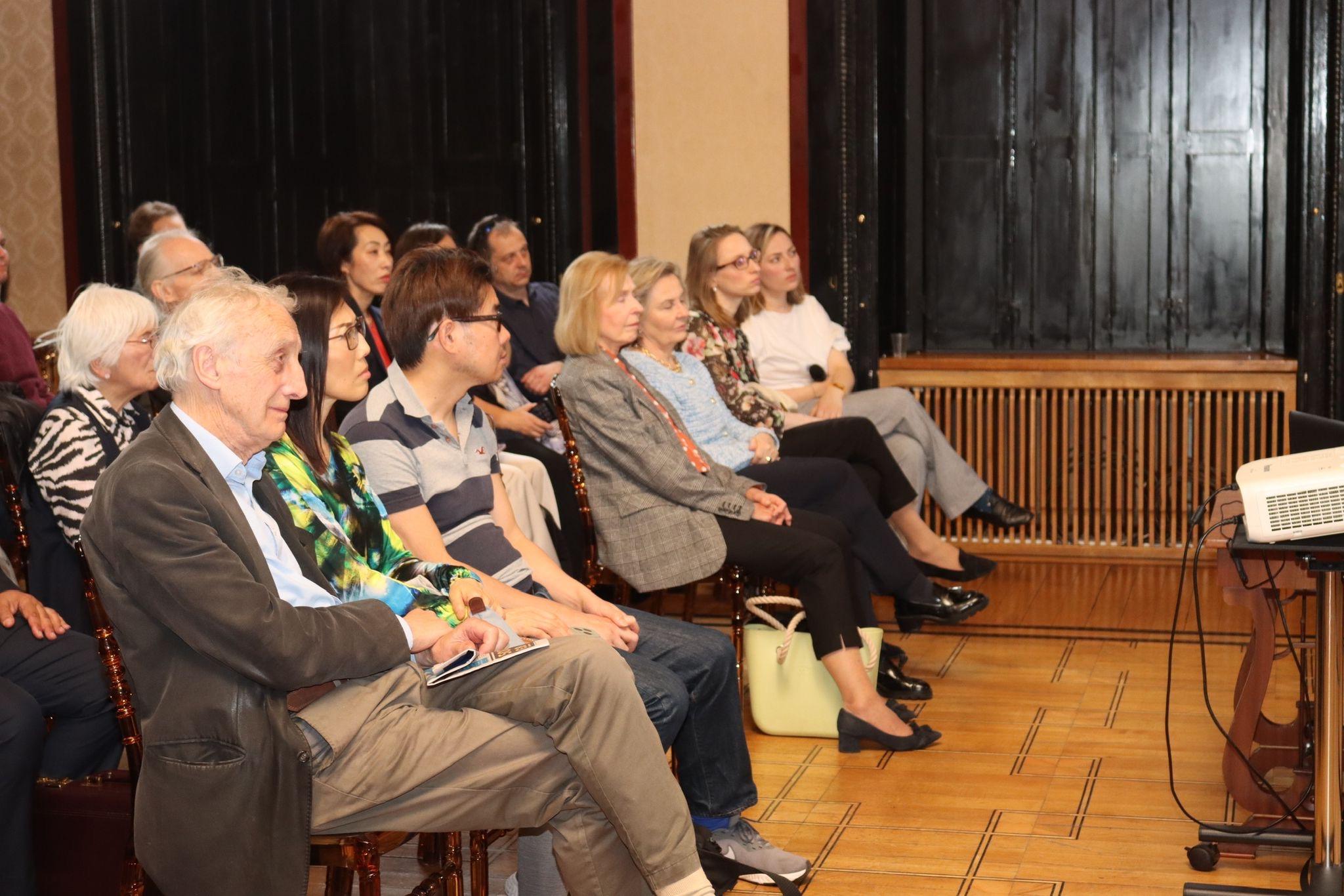Series of Lectures on Polish Japonisme
20.06.2024
On 29 May, 12 and 19 June 2024, the Embassy of the Republic of Poland in London hosted a series of open lectures. These events explored the richness of Polish art of pre- and inter-war periods, focusing on the unusual phenomenon of interpreting Japanese motifs.

The events took place in the large Japan-inspired reception room, decorated in this style during the 1920s. Although exemplifying some traditional symbolism of the region’s architecture, the general inspiration behind the room remains a mystery till this day.
Dr Piotr Spławski, an art historian renowned for his Japanese art and Japanisme expertise, guided the audience during the series of events. His research focuses on the influence of these artistic movements in Poland, the USA and the Austro-Hungarian monarchy. He received his PhD in art history from Chelsea College of Art and Design, University of the Arts London, where he studied Japonisme in Polish visual art between 1885 and 1939.
The meetings were designed to be interactive, featuring hour-long lectures, a brief question-and-answer session, and subsequent informal discussions. The topics covered were: an introduction to Polish Japonisme ('Transposed from Afar yet Homegrown: An Introduction to Polish Japonisme'), the role of women in the aforementioned artistic trend ('A Feminine Agency: The Woman as a Force Behind Japonisme in Poland'), and Leon Wyczółkowski's work ('A Lifelong Affair: Leon Wyczółkowski as the Giant of European Japonisme').
The meetings introduced the participants to the rich world of inspirations drawn from Japanese origins, to which Polish artists have referred since the end of the 19th century. The significant influence of Japanese culture on arts and crafts in Poland was illustrated with examples from almost every form of artistic expression, from still life to woodcuts to caricatures. Artists such as Stanisław Wyspiański, Józef Mehoffer, and Olga Boznańska repeatedly took direct inspiration from Japanese art, creating an unobvious fusion of these seemingly distant cultures. The meetings also discussed contemporary artists who refer to the tradition of Polish Japan in their works.
The lecture series drew a diverse and enthusiastic audience of over 100 people. Tickets for two of the three events were in high demand and almost completely sold out. The guests included not only art enthusiasts and historians but also diplomats from the Japanese Embassy in the UK, staff from the Japanese Gallery, and representatives from the Japanese Society and SOAS, University of London. The lecture series was also popular with the British and Polish communities.
For more information about open events at the Polish Embassy in London, please visit the Embassy's social media (Facebook, X, LinkedIn) and our Eventbrite profile.
Photos (10)
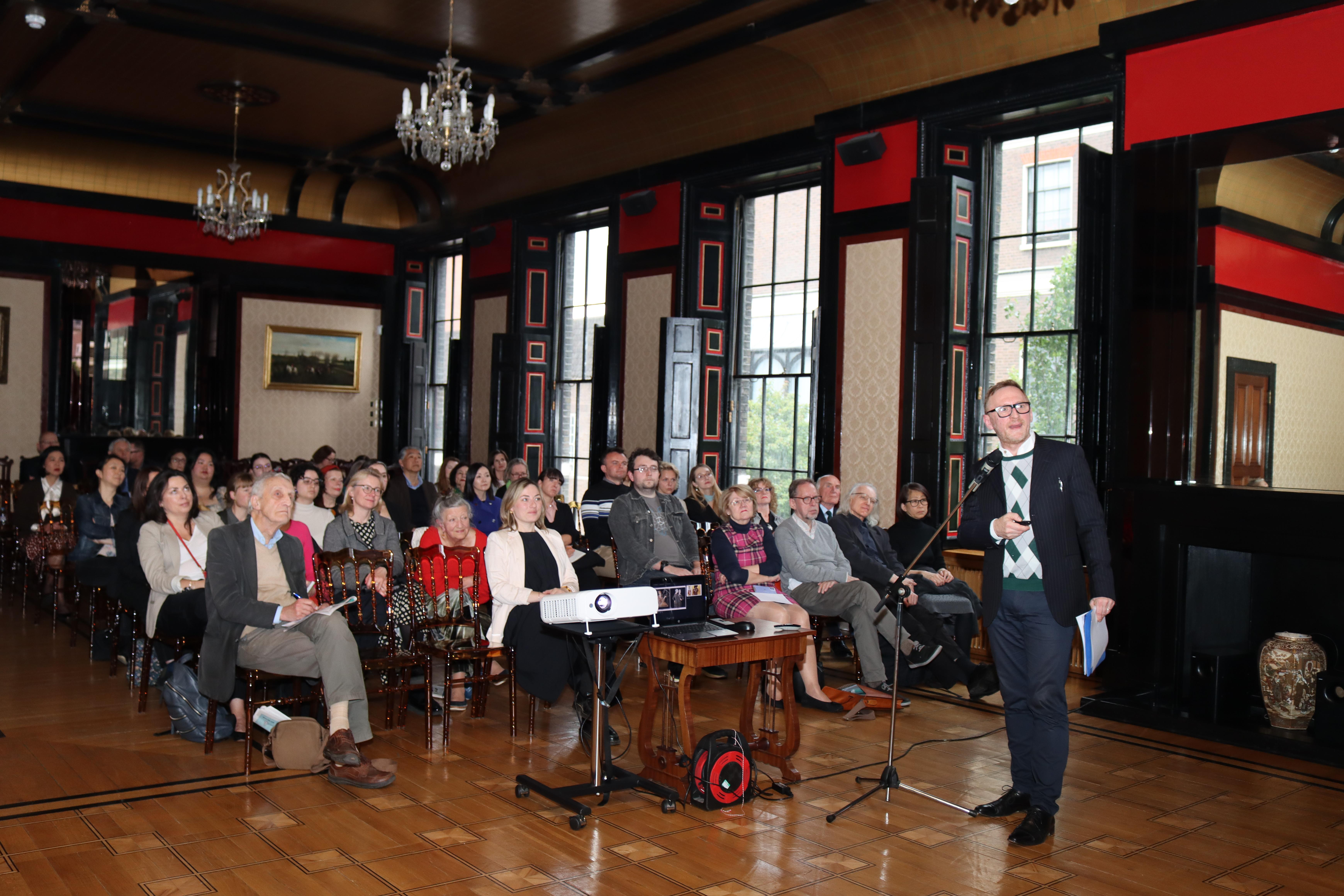 Display photo 2 in the gallery.
Display photo 2 in the gallery.
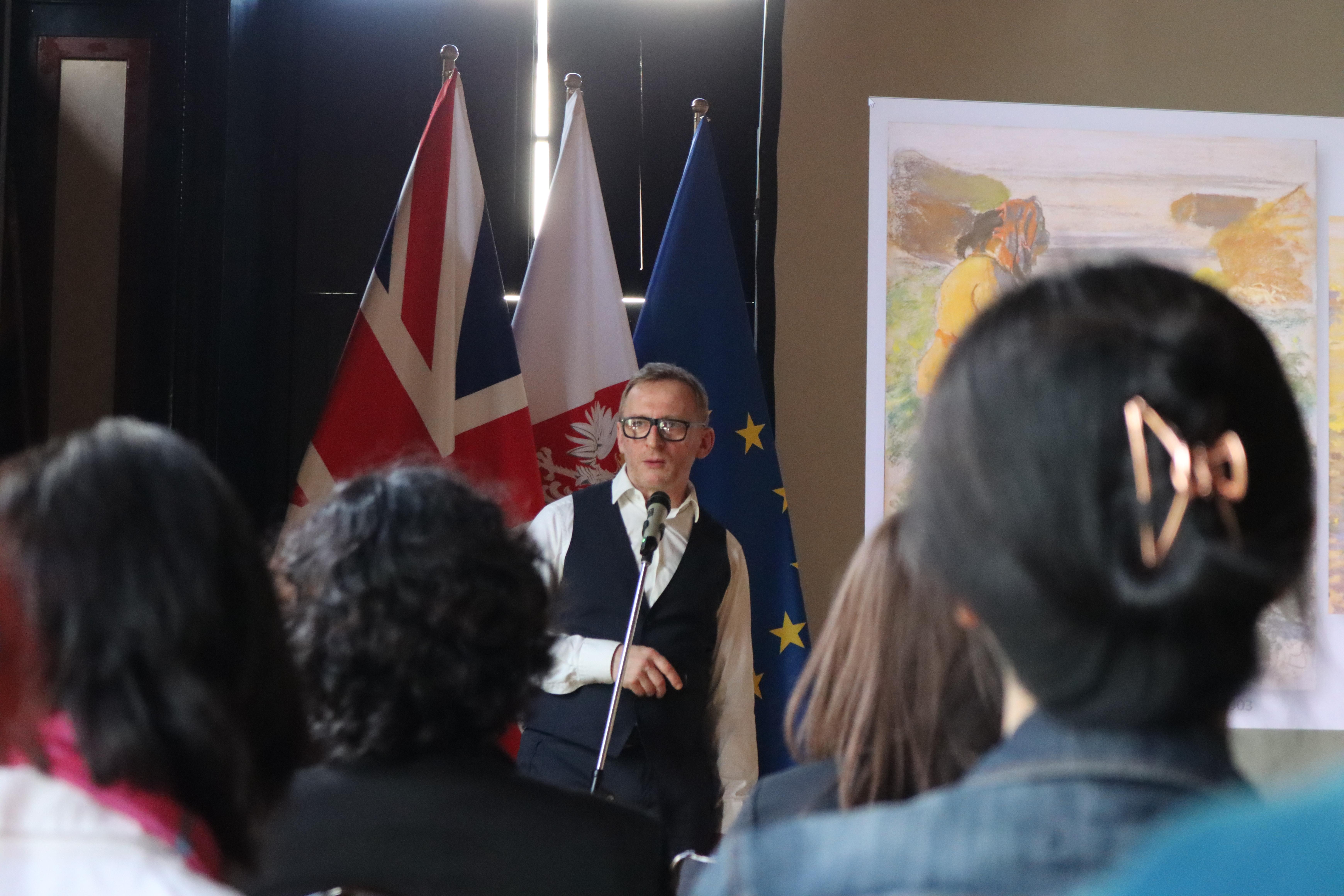 Display photo 3 in the gallery.
Display photo 3 in the gallery.
 Display photo 4 in the gallery.
Display photo 4 in the gallery.
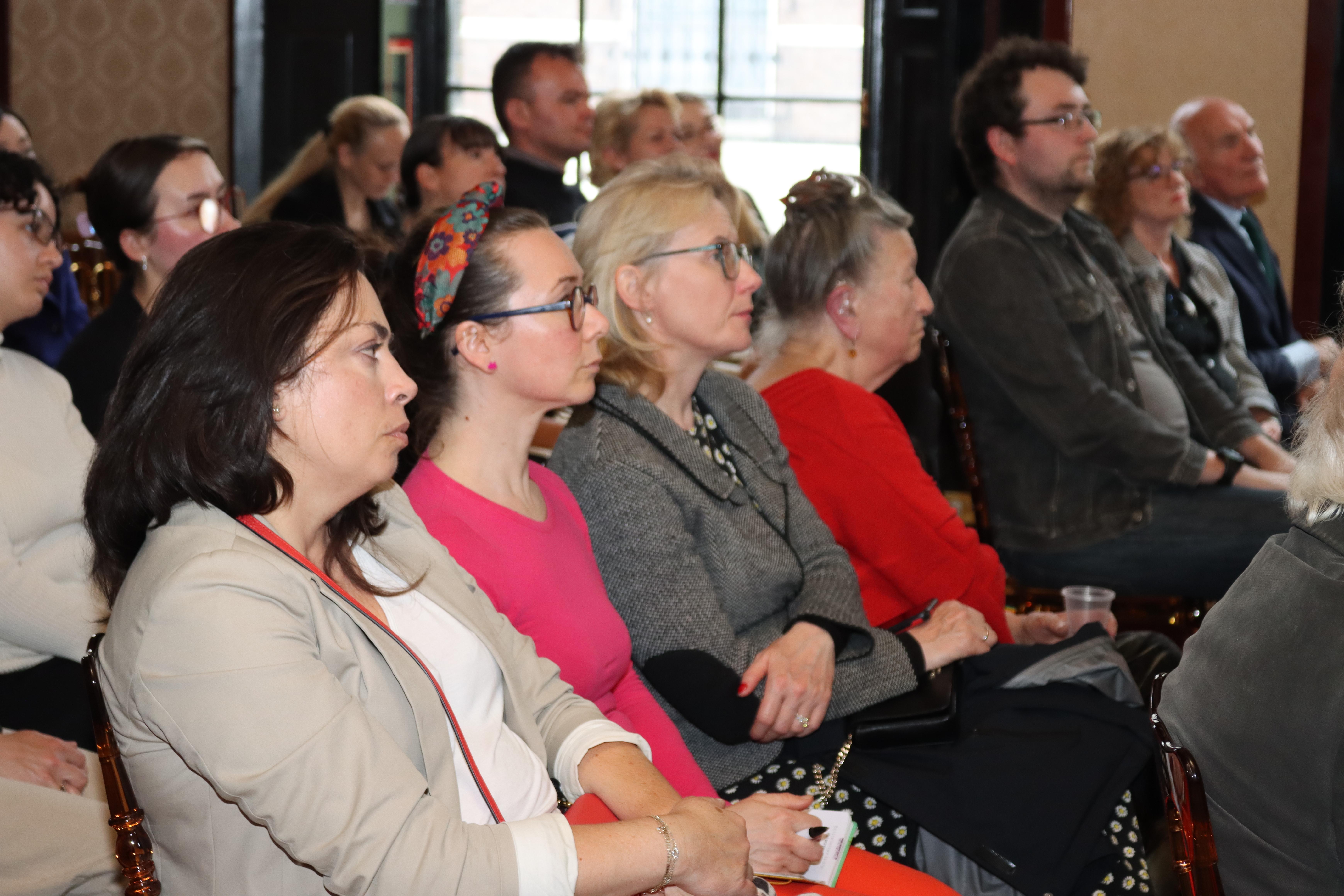 Display photo 5 in the gallery.
Display photo 5 in the gallery.
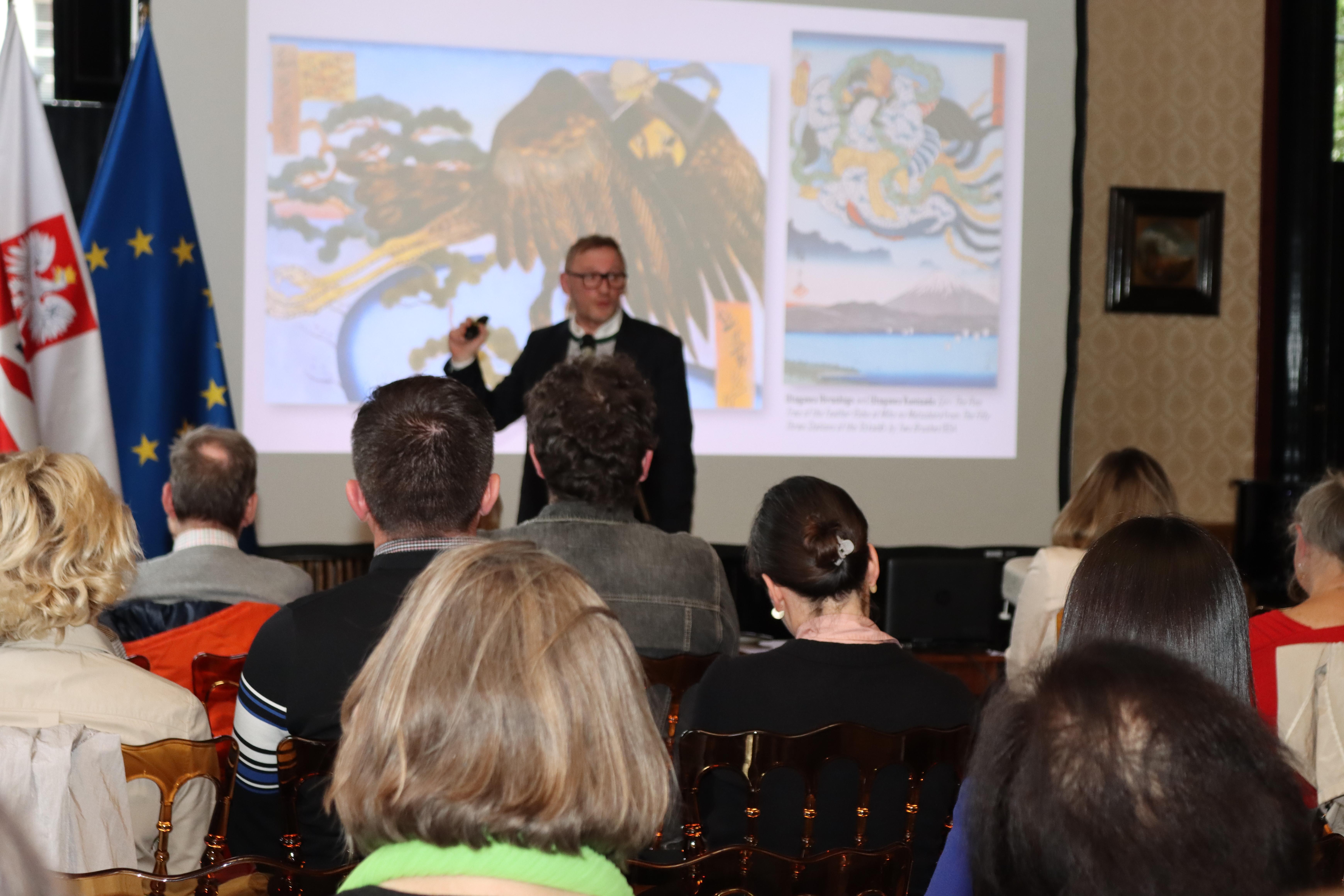 Display photo 6 in the gallery.
Display photo 6 in the gallery.
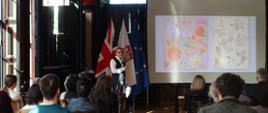 Display photo 7 in the gallery.
Display photo 7 in the gallery.
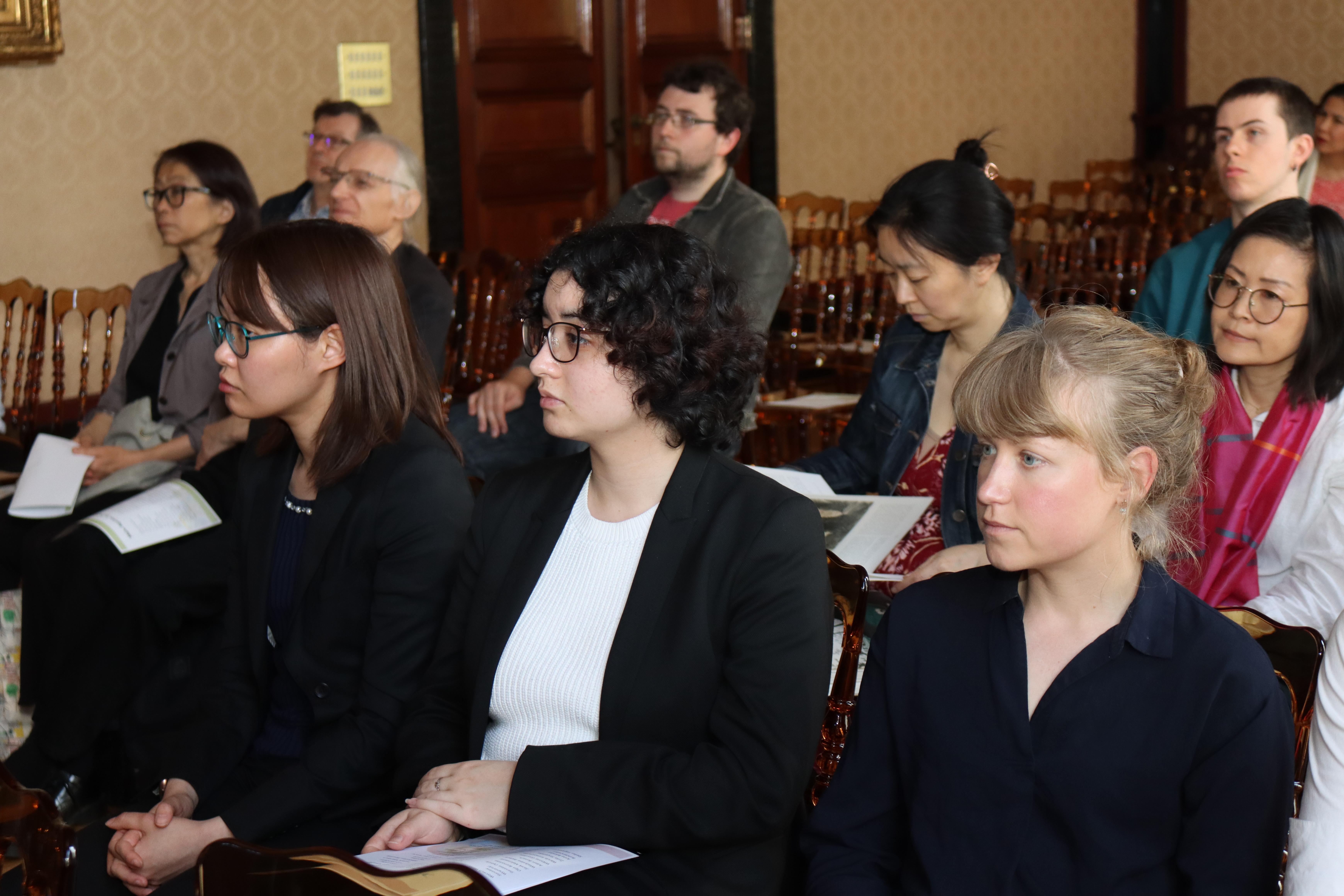 Display photo 8 in the gallery.
Display photo 8 in the gallery.
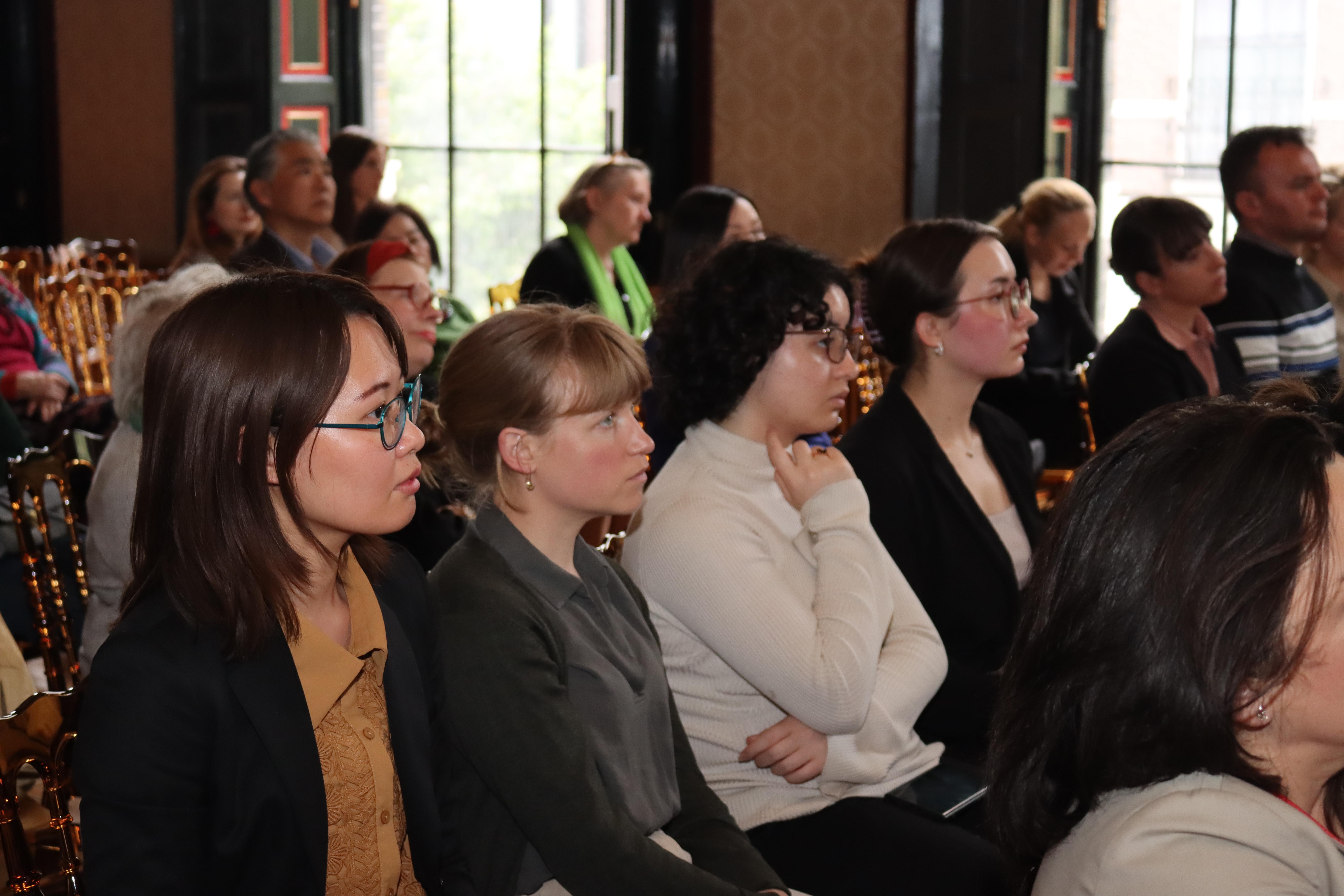 Display photo 9 in the gallery.
Display photo 9 in the gallery.
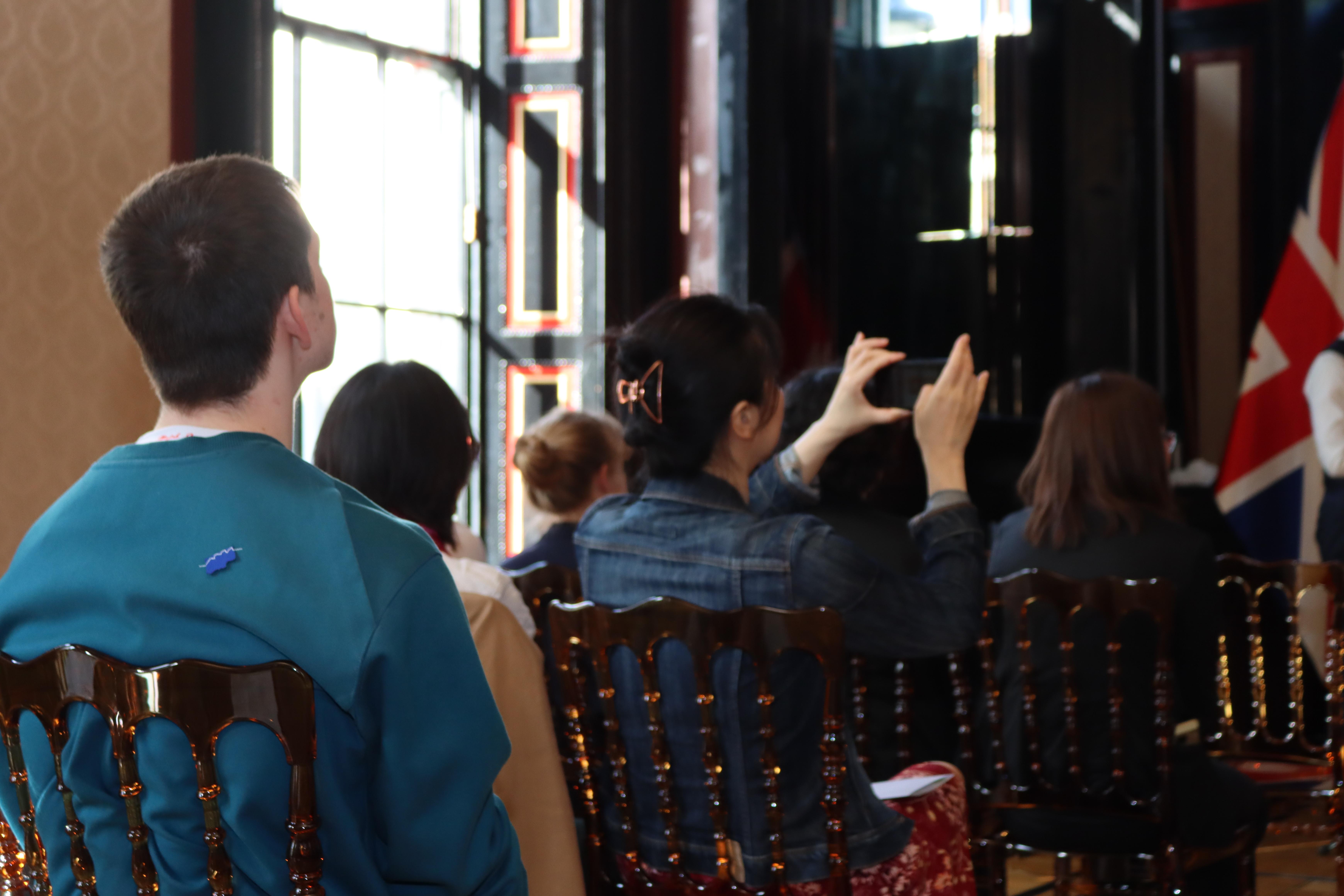 Display photo 10 in the gallery.
Display photo 10 in the gallery.
